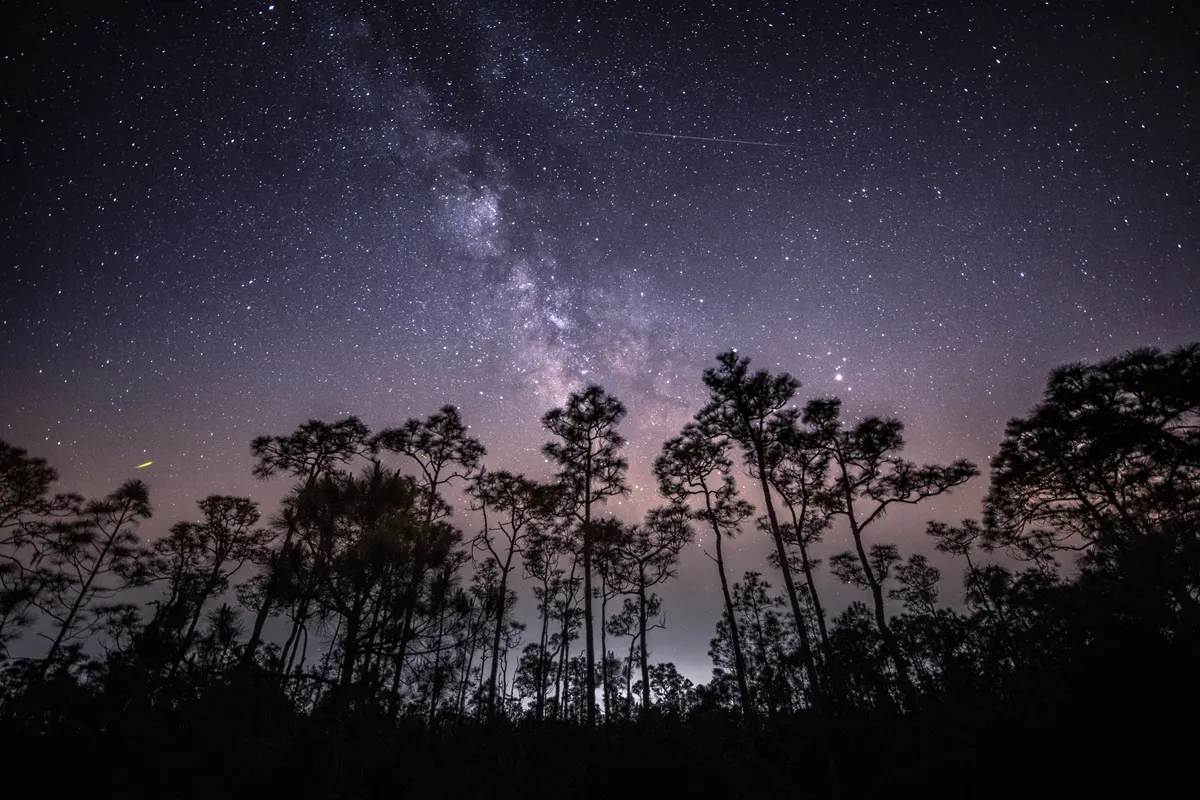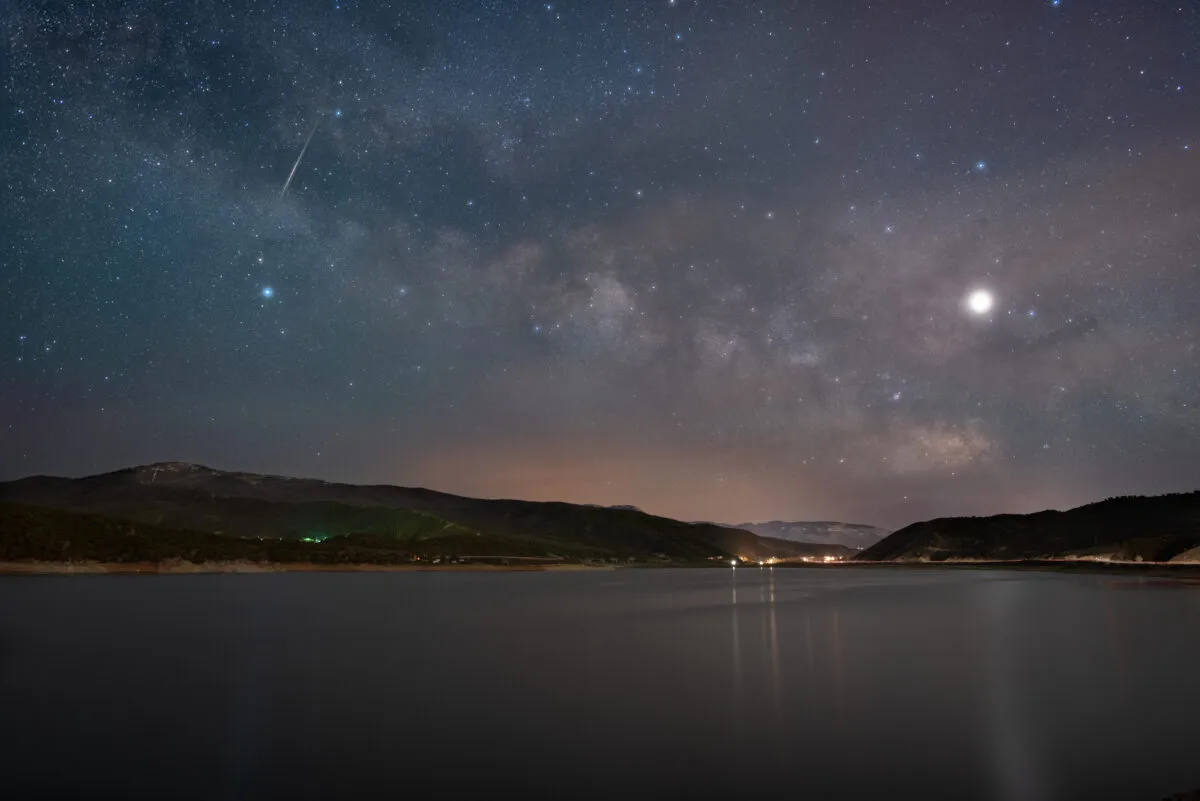The Eta Aquariid meteor shower 2025 reaches peak activity late in the evening on 5 May until dawn on 6 May, making this week a great time to get out and spot a meteor.
The Eta Aquariids are visible from 19 April to 28 May every year, but peak activity is the best time to see a meteor shower, providing the Moon is out of the way and not spoiling your view with its bright glow.
If you're heading out this weekend to see the Eta Aquariid meteor shower, here are some of our top tips and things you need to know.
For the full picture, read our fantastic guide to the Eta Aquariid meteor shower, written by the Sky at Night's Pete Lawrence.

Eta Aquariid meteor shower top tips
The Eta Aquariid meteor shower is caused by Earth passing through debris left behind by Halley's Comet, as Earth orbits the Sun.
Meteoroids from Halley’s Comet enter Earth’s atmosphere at 66km/s, making them particularly fast meteors.
The radiant - the point from where the meteors appear to emanate - is near the Water Jar asterism in the constellation of Aquarius, the Water Bearer.

On 6 May, the best time to look for Eta Aquariids is 02:00 BST (01:00 UT) until the onset of dawn.
The Eta Aquariid shower has a zenithal hourly rate (ZHR) of 40 meteors per hour.
ZHR is how many meteors you might see under perfect conditions. The actual amount you see will be fewer.
The Moon is out of the way! During peak activity, the bright moonlight won't spoil your view.

Wrap up warm. It's been a cold springtime and meteor-observing involves lots of sitting or standing still.
It's best if you can observe in a location away from light pollution.
A reclining chair or sun lounger is a great way of looking up for long periods without hurting your neck.
Allow 30 minutes for your eyes to adjust to the dark, and don't look at bright lights while observing.
If you see a bright streak coming from the from direction of the radiant, you've seen an Eta Aquariid.
Observe with friends and family and take turns to be the one writing down the time when a meteor is spotted.
Submit your data to the British Astronomical Association Meteor Section.

